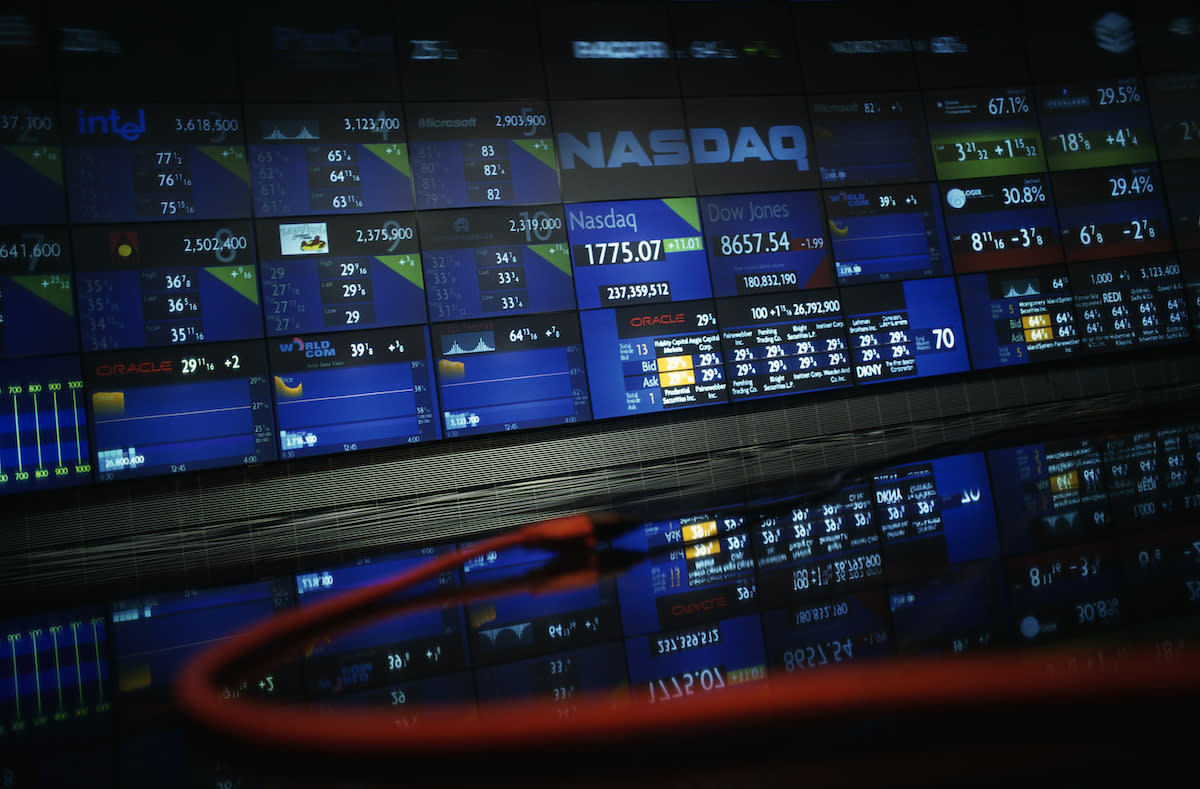Coinbase ‘IPO’ Isn’t an IPO. Here’s Why That’s Important

The listing of Coinbase shares on Nasdaq this week is generating high expectations, as well as much debate as to whether the price will “pop” upon the market open.
Tech listings generally attract rapt attention, as even those not trying to invest find the initial trade movements compelling entertainment. With Coinbase’s listing, the attention will be especially acute, as the initial price movement will not just represent money being made or lost – it also could shape the digital asset industry narrative for some time to come.
One important feature of Coinbase’s listing is that it is not an initial public offering (IPO), although many media publications have mistakenly described it as such. Coinbase has chosen to come to market via a direct listing, a relatively new option for companies wishing to go public, and one that is curiously suited to a crypto company. But the differences between direct listings and IPOs are material and are causing some confusion in the market.
Related: Coinbase Gifts 100 Shares Each to 1,700 Employees Ahead of Public Listing
So, in the interests of clarifying what the direct listing choice means for Coinbase, here we look at the main differences and how they may affect the initial price movement as well as the company’s equity strategy going forward.
Noelle Acheson is CoinDesk’s Managing Director of Research. For more insights, visit CoinDesk’s Research Hub.
IPO shares get allocated at a pre-established price; direct listing shares do not. In an IPO, investment bankers set the share price as high as they think the market will bear, since they usually get paid a percentage (typically as much as 7%) of the total amount raised. They base this figure on tentative expressions of interest from institutional investors.
In a direct listing, there is no pre-set price decided by a group of investment bankers – the market on the initial trading day influences the starting price. On the day of initial trading, there is a 10-minute “display only” period in which interested buyers enter their bids and sellers (Coinbase’s existing shareholders) enter their offers. Nasdaq uses this information to calculate the “current reference price.” Goldman Sachs (in consultation with Coinbase) then decides whether the listing goes ahead. If it decides yes, the applicable orders that have been entered will be executed at that price, and trading begins.
Related: Blockchain Startups From Singapore-Based Tribe Accelerator Have Raised $70M in Funding
IPOs raise new capital, direct listings do not. This direct listing will not fill Coinbase’s coffers with cash, but it will make it easier for Coinbase to raise capital going forward. A direct listing is a liquidity event; an IPO is a capital-raising event.
In theory, IPOs are less volatile in initial trading than direct listings, for three reasons:
-
They do not count on the support of large institutions, which in an IPO would commit to buying a certain size tranche. These institutions would then have a face-saving and economic incentive to keep the price above their commitment level.
-
In an IPO, existing shareholders typically have a lock-up of 6-12 months, during which they cannot dump their shares on the market. A direct listing does not have a lockup, as it is based on shareholders selling their holdings. (There are exceptions, such as Palantir, which imposed its own lock-up that limited insiders to selling 20% of their holdings. The share price slumped the day the lockup expired.)
-
The sellers of Coinbase shares in a direct listing (existing shareholders) do not have to sell their shares. Some may wait to see how trading is going before submitting their offers, which will affect the number of shares being traded and could exacerbate price swings. Coinbase has registered 114,850,769 shares eligible for sale – but we do not yet know how many shares will actually change hands Wednesday. It could be significantly less.
That said, Spotify and Slack did not show unexpected volatility on the first day of trading after their respective direct listings.
IPOs are cumbersome, involving expensive roadshow tours to present the company to institutional investors, and higher investment banking fees. Direct listings eschew the promotional costs and much of the consultancy fees by listing already issued shares owned by shareholders. The onerous cost of an IPO is one reason why companies are in general staying private for longer. A direct listing is a better option for a company that wishes to focus more on expanding a business than one interested in initial share prices.
What’s more, since the market effectively sets the initial price rather than a group of investment bankers, it is more in line with crypto’s open-access and transparent ethos.




